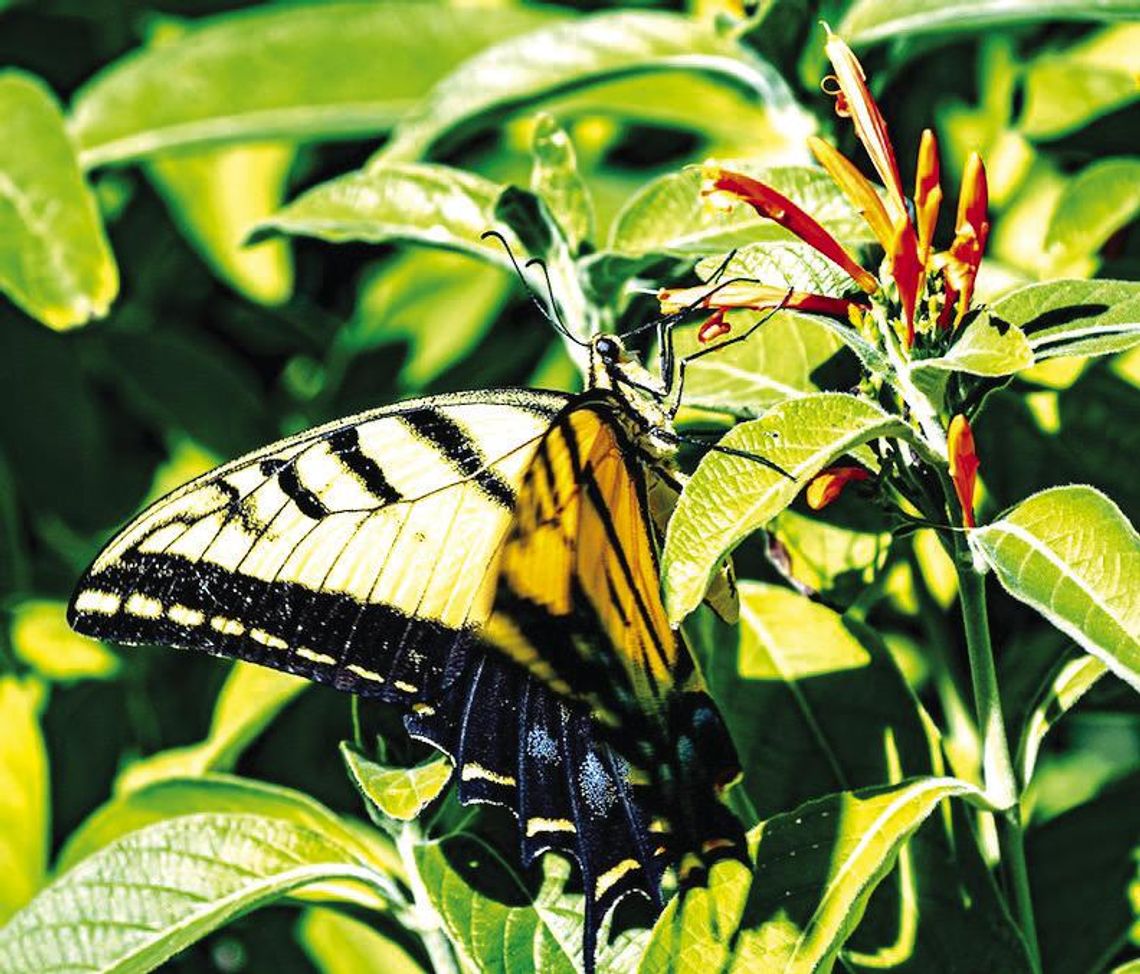February yards in San Marcos may look bleak and brown after freezing weather, yet many silently support wildlife, especially insect pollinators such as bees and butterflies. Spring Lake Garden Club’s first meeting of the new year featured an overview of how plants and insects depend on each other, especially in winter.
Garden club members learned about plant and insect partnerships in a presentation by Melani Howard, manager of San Marcos’ habitat conservation plan until her retirement last year. Howard’s wake-up call is that without insects, most plants would disappear, leaving no flowers and fruits for humans (or birds).
Howard noted that popular home landscapes are part of our problem, with a third of residential landscaping devoted to lawns, according to ecologist Douglas W. Tallamy. Most lawns produce no food for wildlife, although grubs and insect pests may feed on turf grass. Treating non-native lawns with pesticides affects beneficial insects as well, and herbicides which control non-grass growth threaten other plants in the landscape. Chemicals and fertilizer for grass are costly, and a third of residential water is regularly used for lawns, depending on season and location (and availability of water). But anyone with a lawn can help re-balance an urban environment by reducing total grass coverage and dedicating areas to plants which support pollinators and need little watering once established.








